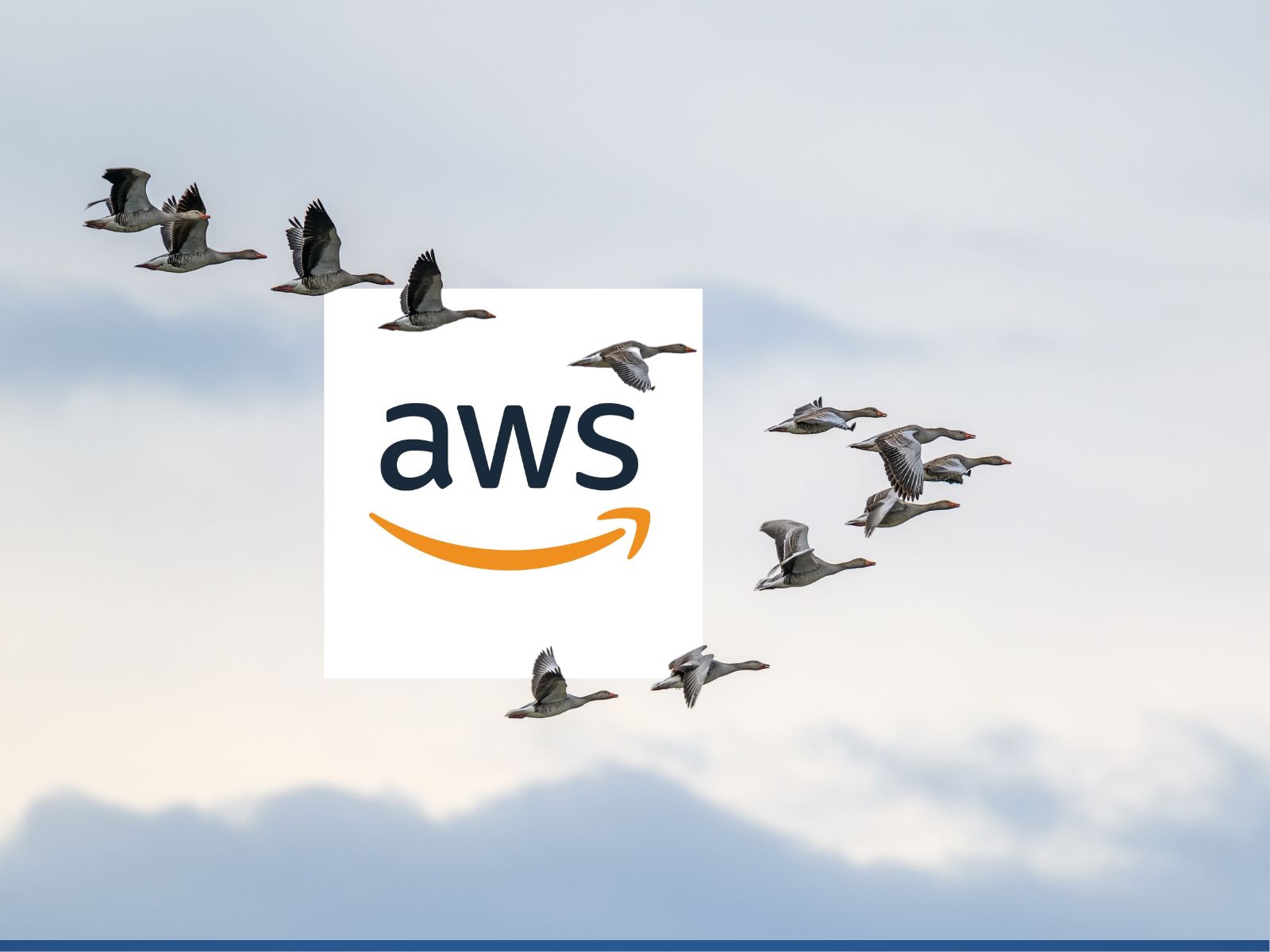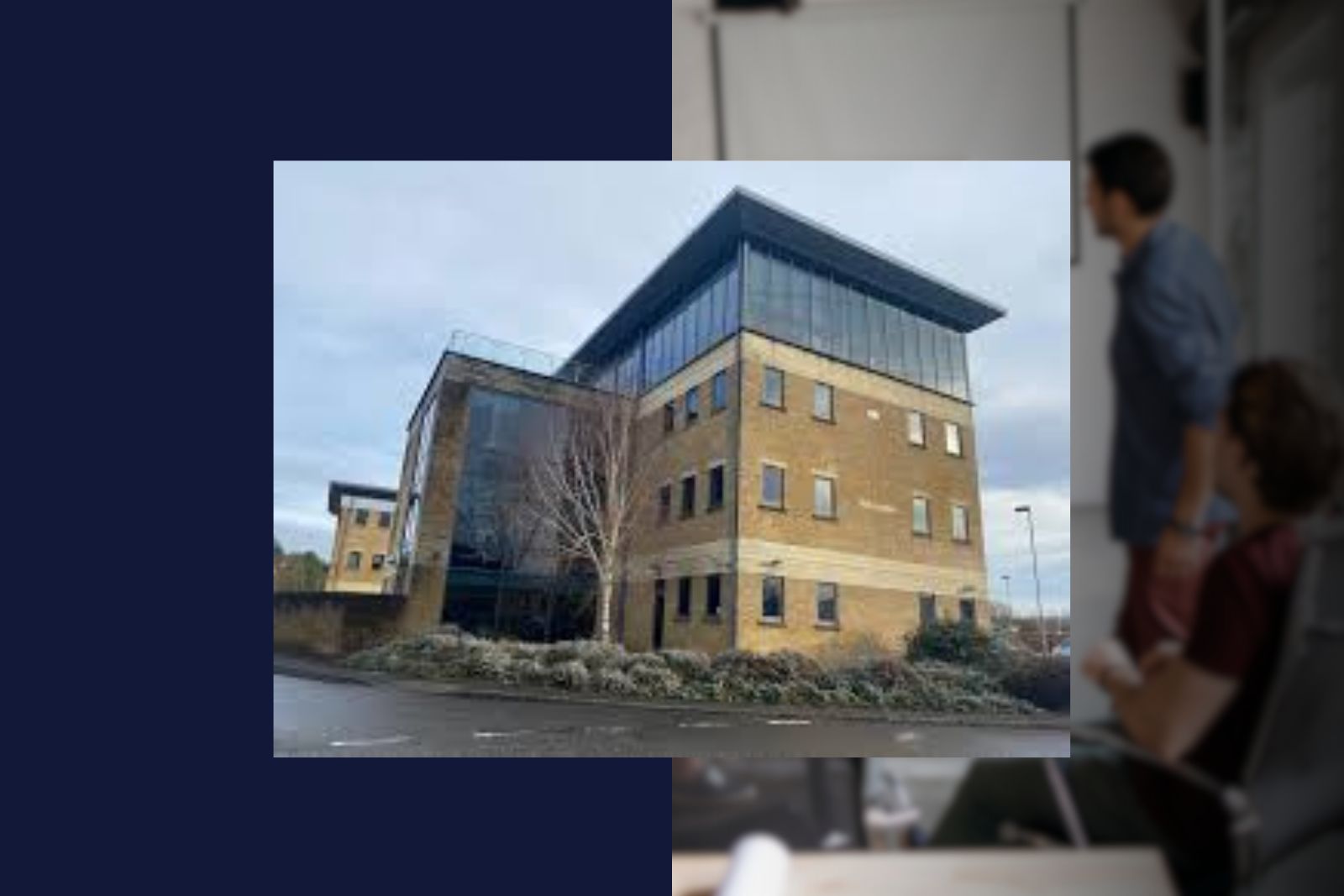The AWS Migration framework is a definitive guide to migrating your on-premises applications and data to the cloud, including migrating workloads from the Amazon Elastic Compute Cloud (Amazon EC2) instances to other services on the AWS platform.
The AWS Migration Framework provides an overview of migrating application components such as databases, web servers, middleware, and business logic. It also includes guidance for planning and executing migrations.
Three phases of AWS cloud migration
The AWS Migration Framework describes three phases of cloud migration:
Phase 1 – Migrate Applications and Data
Migration in this phase involves moving application code and data between different types of resources on the AWS platform. This phase can be broken down into two subphases:
Subphase A – Move Application Components
This subphase focuses on moving individual application components that make up your application architecture. For example, you might move a database or a web server from one type of resource to another. You may also want to move some application components to a new region if they are not available in the current region where you have your application deployed.
Subphase B – Move Business Logic
This subphase focuses on moving business logic from your application to the cloud. You will need to write custom software to perform specific tasks in many cases. These tasks include performing authentication, authorisation, auditing, logging, monitoring, security, and so forth.
Phase 2 – Deploy New Applications
In this phase, you deploy new application versions on the AWS platform. Traditionally, you do this by creating new Amazon EC2 instances using the AMIs provided by Amazon Machine Images (AMIs).
Phase 3 – Recover Applications
In this final phase, you recover your migrated applications onto their original hardware. You do this by restoring the AMI used to create the instance in Phase 2.
You can use the AWS Migration Framework to help you plan and execute your cloud migration. However, it does not provide detailed information about specific migration tools.
AWS Cloud Adoption Framework (AWS CAF)
The Cloud Adoption Framework (CAF) is designed to help organisations understand what they need to consider when adopting cloud computing technologies. The CAF helps you identify potential barriers to adoption and provides recommendations on addressing them.
The CAF consists of six major sections:
- Business,
- People,
- Governance,
- Platform,
- Security,
- and Operations.
Business
The business part of the framework looks at how migrating to the AWS cloud would best serve you in achieving your desired outcomes. This would enable businesses to achieve digital transformation in as little time as possible without a hefty cost. Businesses benefit from cloud readiness as part of the migration process.
People
The people aspect of the AWS migration framework focuses on helping business users, and their customers adapt to the cloud. It aims to ensure business continuity during the migration. Stakeholders should access learning material to enable a swift and confident cloud journey.
Governance
Governance brings the security side of things to the forefront. It ensures that all of the benefits of cloud migration do not come at a risk. Governance includes policies, standards, processes, and procedures for ensuring that the right controls are put in place to protect sensitive data. It looks at implementing access levels for sensitive data and sections of the platform.
Platform
The platform section of the AWS migration framework addresses issues such as scalability, elasticity, and resiliency. It helps businesses adopt the cloud, based on their personal needs. This enables them to grow within the platform while keeping a tab on cost.
Security
Security ties back to what we discussed in governance. It ensures confidentiality, integrity, and data availability for users across cloud workloads. It’s subject to monitoring and evaluation. The cloud provider can handle it with some monitoring tools. Security should be attached to all migration efforts.
Operations
Operations are tied to a business’ cloud strategy to ensure a successful cloud adoption. The operations section of the AWS migration framework deals with operational aspects such as deployment, management, and maintenance. It ensures that businesses receive the most suitable cloud services based on their use cases and business goals.
Benefits of Using the Amazon Web Services Cloud Migration Framework
One of the most important benefits of the Migration Framework is to enable cloud readiness for your organisation. It makes it easy for businesses to anticipate the experience and challenges of working within a cloud environment. They can start looking at this ahead of the migration process.
Reduce business risk
Adhering to the recommendations of the cloud framework assures a successful cloud migration while mitigating associated risks. Businesses will be able to make informed decisions about their cloud migration projects. These decisions will be made easier because they have been well prepared.
Business Agility
The agility of a business is increased when it adopts the AWS migration framework. A company will be able to respond to changing market conditions quickly. It also allows them to scale up or down depending on demand.
Cost Optimisation
When using the AWS migration framework, businesses can save money. They can reduce costs by adopting the best practices and technologies available. They can also benefit from reduced infrastructure costs.
Improved operational efficiency
A business can improve its operational efficiency by using the AWS Cloud Adoption Framework (AWS CAF). The framework provides guidelines for migrating applications to the cloud. This reduces time spent on manual tasks by enabling automation.
Accelerated Business Outcomes
A business model can be aligned to and support a fresh cloud approach. Business outcomes can be accelerated when businesses use the AWS migration framework. This allows them to plan, prepare, and execute their cloud migration project.
Performance Testing
Working on the cloud allows a business owner to test performance before going live. This means that they can identify potential problems early on. Performance testing is done using various tools. For example, load tests are used to simulate real-world usage scenarios. This makes them adaptable and can be an integral part of making informed business strategies. The ownership and associated maintenance costs of cloud tools are relatively low compared to traditional IT solutions.
FAQs
What is the difference between Rehost, Replatform and Refactor?
Looking at the difference between Rehost and Replatform, we can see that Rehosting involves moving your existing application into the cloud without modifying any code. This is usually achieved by creating a new instance in the cloud and copying all files over to the new instance. In other words, you create a new virtual machine in the cloud which has the same configuration as your current physical server. You then copy all the data and settings from your old server to the new one. This way, you don’t need to change anything in your application code. This migration type is usually the quickest and cheapest, but doesn’t take advantage of cloud native features such as elasticity, cost-savings and AWS Managed Services.
Replatforming involves a standard rehost “lift and shift” but with a slight change to take advantage of AWS services. For example, instead of copying your SQL Database across to an EC2 VM and managing it, it would be better to migrate it to Amazon’s Relational Database Service (RDS) – so Amazon can manage patching, disaster recovery and high availability for you. This migration type realises some great benefits of the cloud without needing large rewrites of existing application code.
Refactoring involves rewriting your application so that it works with the cloud. This usually consists in writing new code that interacts with the cloud services. It may involve adding new APIs to interact with the cloud services. This migration ensures that your services take full advantage of cloud native features (more cost-effective in the long run, innovate faster), but is usually the most costly migration type.
What is the CloudScape tool?
The cloudscape tool is a graphical user interface that enables users to migrate their applications to the cloud. It helps users automate the process of migrating their applications to the cloud by providing easy to use wizards. Users can choose what type of migration they want to perform. They can either move an entire application or just parts of it.
What is the carbonite migration tool?
The Carbonite migration tool allows users to migrate their apps from one platform to another. It helps them import their data and preferences into new platforms. It stores files using Amazon S3 for backup purposes and supports synchronous (synchronously) and asynchronous (asynchronous) file migration operations.



